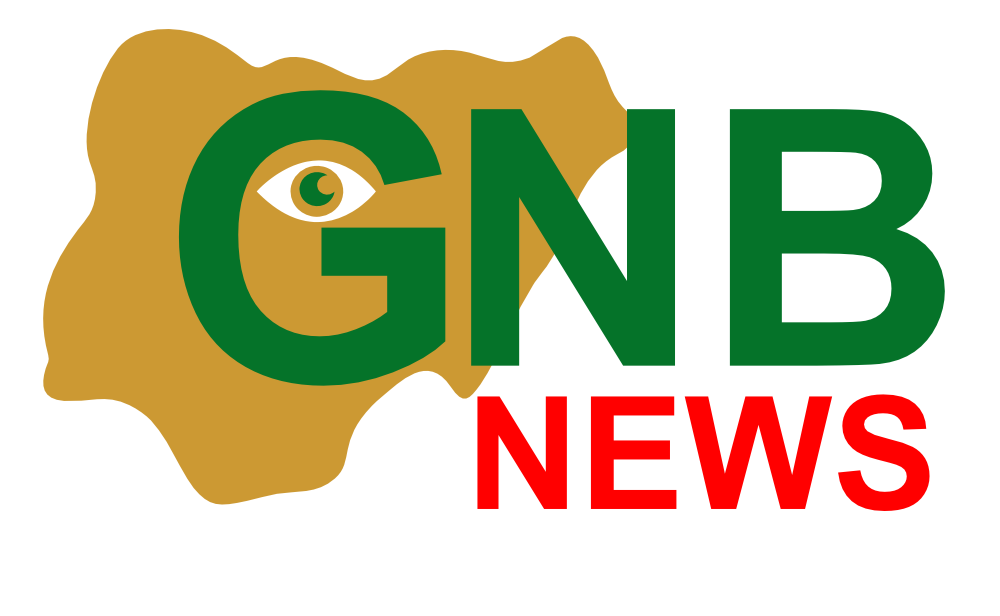“Drop? How?” was the reaction from Ruth after she read on Friday that Nigeria’s inflation rate had dropped to 16.63% in September 2021. She expressed dissatisfaction with the released numbers by the National Bureau of Statistics. “I wonder which markets they visited to come up with these statistics,” she complained.
To an average Nigerian, it would appear as though the numbers are not a true reflection of the market reality as food prices and the cost of services are surging across the country. Only recently, Nairametrics reported that the price of a big bag of beans skyrocketed to N100,000, representing over 140.96% year-on-year increase in price.
That is just one out of many other items that recorded significant increases in recent times. Some of which include electricity, fuel, education, barbing, transport, food items amongst others. Nigerians are really feeling the brunt of a recurrent and uncontrolled increase in the prices of items. Little wonder, Ruth suspected that the 16.63% inflation rate is unreflective of the market reality.
A bit of an explainer
It is imperative to explain the nitty-gritty of these numbers and the true implication of a 16.63% inflation rate for the month of September. First, let’s consider the methodology used by the National Bureau of Statistics (NBS). The statistical body employs the services of 10,534 informants across each state of the federation, who provide the prices of 740 goods and services on a monthly basis.
According to the statistical agency, they compare the price of each commodity to the base year’s price to obtain a relative price. For context, the Consumer Price Index (CPI) is the ratio of the cost of the market basket in the current year with that of the base year and multiplied by 100, this generates an index.
Now let’s take it a bit home, inflation rate is measured as the percentage increase in the Consumer Price Index, which already measures the purchasing power of a country’s unit of currency. In other words, when inflation rate increases, the purchasing power of an average Nigerian erodes, that is, loses power. You could also see it as, “your money will never be worth as much as it did yesterday.”
Now that we have explained that, let’s delve into the numbers. The recent inflation report released by the NBS shows that the country’s composite Consumer Price Index rose by 16.63% year-on-year to 396 index points in September 2021 from 339.5 points recorded in the corresponding period of 2020. Meanwhile, in the previous month, the CPI rose by 17.01% year-on-year to 391.5 index points.
While it seems like the rate had dropped, it is the rate of increase that has dropped not the Consumer Price Index, which means that the purchasing power of Nigerians continues to grow weaker. Interestingly, inflation is also desirable in an economy, because when people expect the price of items to go up, they spend now and hence spur growth in the economy. However, a double-digit inflation rate is a huge burden to bear.
On the other hand, when there is an expectation for the general price of goods and services to drop, the natural action of people will be to keep their money while they wait for the prices to fall. This would mean, monies are kept idle, hence stalling economic growth.
Back to the numbers, the rate recorded in the review month indicates that the rate at which the prices of things rose in the month of September compared to its corresponding period of last year is lower than the rate of increase recorded in August 2021 in comparison to its reference period. For more clarity, let’s consider the month-on-month movement in the CPI.
The Consumer Price Index rose by 1.15% month-on-month in September from 391.5 points in August to 396 points in the review month. This answers the question of whether the general prices of goods and services increased on not. To answer the question, “they did.”
However, you could wonder that 1.15% is not a true reflection of the month-on-month increase, well in this case, it is huge. Do not forget that the Consumer Price Index in the first place is an index obtained by a ratio of two numbers, which means if it surpasses 100 index points by as little as 1, a significant increase has occurred.
Remember also that the index captures both volatile and non-volatile items, which means that as much as the aggregate price increased, some food items will reduce in price due to seasonality effects, as well as the function of demand and supply




